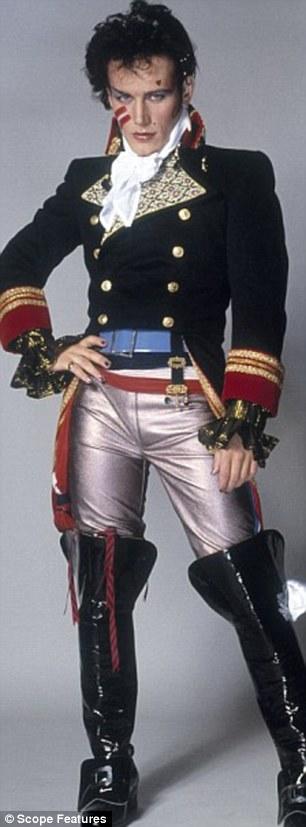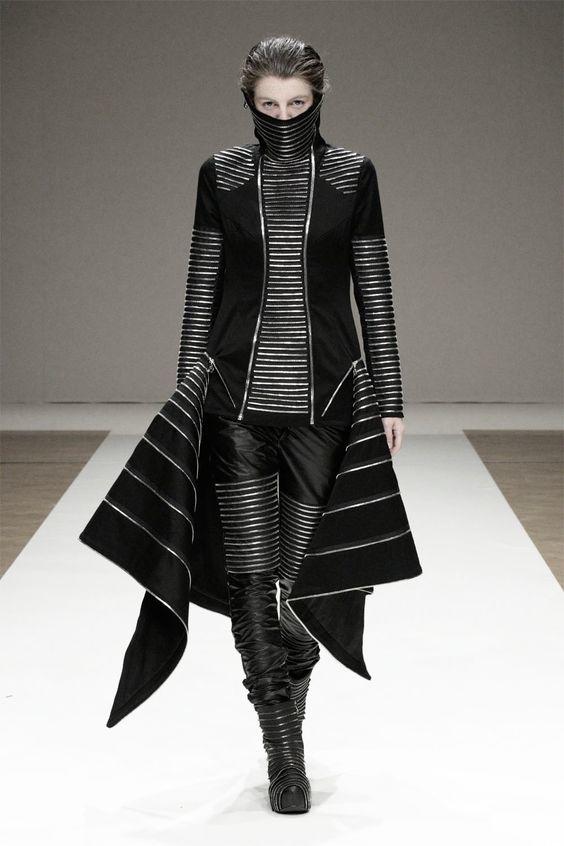The definition of fashion is very loose. Often, the word “fashion” is used in relation to clothing, but this encompasses only one part of fashion. In reality, fashion is a multifaceted concept that can include any form of art, behavior, and even technology. This paper will cover some of the aspects of fashion that could show how expansive this term is.
Discussion
One of the most important concepts to consider is that fashion is often directly connected to its environment. A good example of this connection would be the way fashion is often connected to a popular musical style. The most overt example of this would be the New Wave movement of the 1980s. Outrageous haircuts, bright and bizarrely cut clothes, elaborate makeup patterns, and abundant accessories served a clear purpose (Adkins 17). All of them worked to show how this type of music is distinct from whatever came before. It showed the risk and experimentation that were synonymous with this genre of music. Fashion in this case also worked to show a different view of masculinity (King 27). It accentuated androgynous features of artists, or at the least provided a more colorful style of menswear. With the increased popularity of this genre of music, this style of clothing became popular among the fans of New Wave bands (Peters 298). Even 30 years later, this style of clothing is inseparable from the music it was associated with, showing how fashion goes beyond clothing.

Fashion can come from such ephemeral things as moods. The last ten years have progressively become more oppressive. The class divide has never been wider, global companies have gained a significant influence other the government policy, nationalistic views of the people are being fueled by propaganda, and it seems like there is no way to fix anything (Lacy 1246). On paper, our world already sounds like a sci-fi dystopia. This mood of oppression has slowly resurrected the interest in the cyberpunk aesthetic of the early 1990s (Kwon and Ha 837). Due to its origin in film and literature, this fashion is very varied. It can include such things as clothing, furniture, architecture, visual arts, and even technology. It is also intrinsically tied to the moods and ideas of the sci-fi subgenre.

For example, cyberpunk clothing often utilizes monochrome tones and hides facial features. This shows the dystopian atmosphere by removing most color, evokes technology through the utilitarian colors of steel, and shows the concerns for privacy, that is hard to get in a society that is constantly monitored (Kwon and Ha 850). Bright neon colors are sometimes used to connect the idea of the 1990s Japan and Hong-Kong that were often used as a setting for cyberpunk stories (Brown 7). Cyberpunk fashion in architecture is often represented by the plain walls of the brutalist buildings. Their complex geometry and lack of decoration are evocative of the former cold war era secret installations and the ruin that they are in right now. It is a combination of melancholy and fear that makes them appealing to the cyberpunk fashion (Johnson 195). Fashion, in this case, is an all-encompassing and complex aesthetic that is both inspired by an outside source and inspiring for other mediums of art.

Conclusion
It is very hard to define fashion in one sentence. Perhaps, it is more important to see how fashion could be comprised of many different mediums of art and even less concrete things like ideas and concepts. This is why it is essential to go beyond clothes when talking about what is fashion.
Works Cited
Adkins, King. New Wave: Image is Everything. Springer, 2015.
Brown, Steven. Tokyo Cyberpunk: Posthumanism in Japanese Visual Culture. Springer, 2016.
Chadwick, Peter. This Brutal World. Phaidon, 2016.
Cox, Laura. “Expand and Deliver: Adam Ant Squeezes a Fuller Frame into His Highwayman Costume as He Takes to the Stage for Tour.” Mail Online, 2013, Web.
Gregory, Amelia. “London Fashion Week S/S 2012 Catwalk Review: Blow Presents Shinsuke Mitsuoka”. Amelias Magazine, 2013, Web.
Johnson, Keith. “Nihei Tsutomu and the Poetics of Space: Notes toward a Cyberpunk Ecology.” SERAS Southeast Review of Asian Studies, vol. 35, no. 5, 2013, pp. 190-203.
King, Martin. “”You Spurn My Natural Emotions, You Make Me Feel I’m Dirt, and I’m Hurt.” New Wave, New Men, and Fragile Masculinities”. Global Journal of Interdisciplinary Social Sciences, vol. 4, no. 1, 2015, pp. 27-35.
Kwon, Sanghee, and Jisoo Ha. “A Study of Fashion Influenced by Dystopian Ideas.” Journal of the Korean Society of Clothing and Textiles, vol. 37, no. 7, 2013, pp. 837-851, Web.
Lacy, Karyn. “Race, Privilege and the Growing Class Divide”. Ethnic and Racial Studies, vol 38, no. 8, 2015, pp. 1246-1249.
Peters, Brian M. “Androgyny, Masculinities and the Re-Gendered Aesthetics of the New Wave: Duran Duran and the Second British Invasion.” Queer Studies in Media & Popular Culture, vol. 1, no. 3, 2016, pp. 297-313, Web.